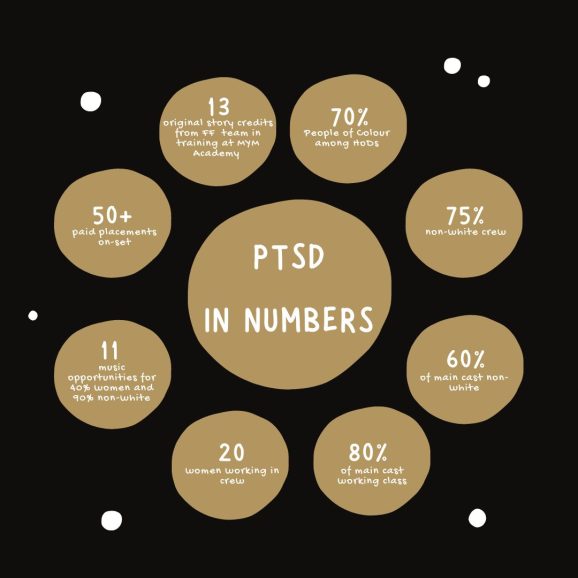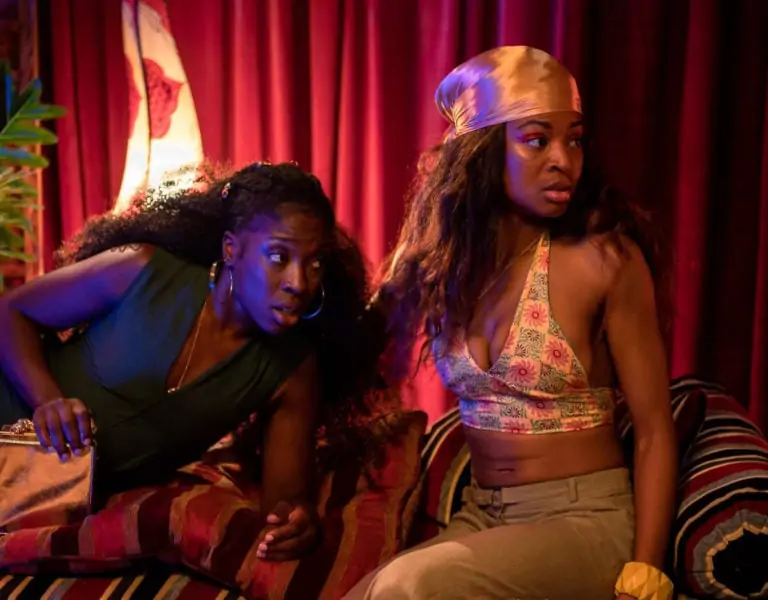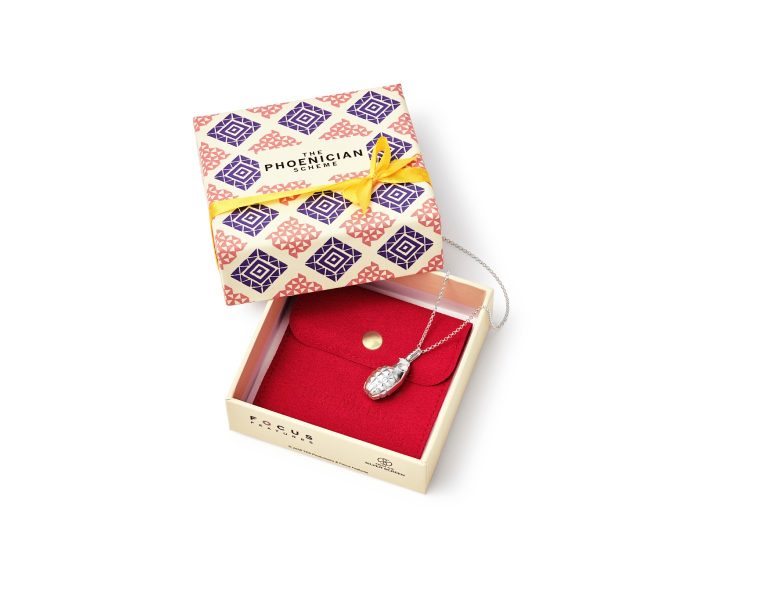Trapped in trauma
Fully Focused, an innovative, youth-led production company, has offered aspiring crew a helping hand into the industry since 2010. Find out how projects like PTSD are giving talented young people from diverse backgrounds space to shine.
When director Teddy Nygh and producer Nick Bedu founded Fully Focused in 2010, their aim was high: to change the face of the industry, one project at a time. “With not enough working class and people of colour in the TV environment, our aim was to help provide a platform for the communities we grew up in and alongside, to find their voice, learn creative, practical, technical and communication skills and take them into the industry,” says Nygh.

Hundreds of films (garnering over 86 million views on their YouTube channel) and one critically acclaimed TV series (BBC Three’s PRU, now on Netflix) later, Nygh and Bedu’s vision has helped kickstart the careers of a generation of young talent, both on- and off-screen. Fully Focused now has four strands: Fully Focused Productions, its fast-growing indie and commercial arm; Fully Focused Community, its non-profit working with charities, NGOs and grant-based projects; Million Youth Media YouTube channel, showcasing its young creatives’ work; and Million Youth Media Academy, its free-to-access training programme.
The culmination of four years of hard work, short film PTSD marks one of the Fully Focused Productions team’s most ambitious projects yet. A hard-hitting story that intertwines trauma and victimhood, PTSD follows Cody (Nico Mirallegro), a young man tormented by witnessing his friend Faisal’s (Percelle Ascott) brutal murder. The input of Fully Focused’s young team began at conception in 2019, helping to develop the story over 20 weeks of workshops with director Nygh.

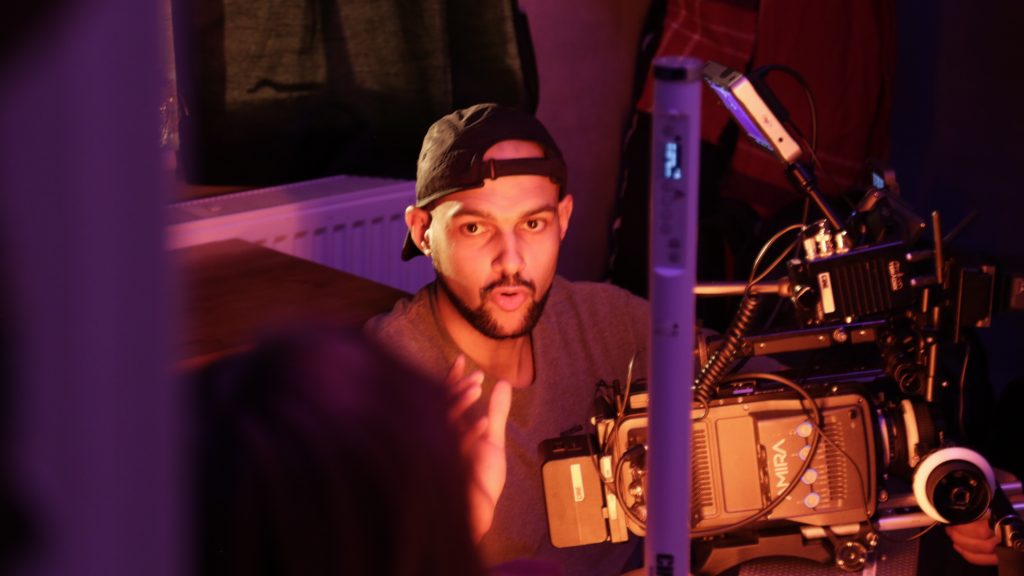
Cinematographer Bani Mendy, a long-time supporter of Fully Focused’s work, returned to shoot PTSD. He especially enjoyed the mentorship aspect to his role: “For a lot of our young team, PTSD was their first time doing something where they were in charge – normally they would be shadowing people,” he notes. “Because they were so involved in creating the story, they felt really attached to it, so it was important for that to follow through.”
One such team member who stepped up for the shoot was 1st AC Domizia Salusest. Having joined Fully Focused in 2017 as a photographer, Salusest has since risen through the camera department to become a fully-fledged DP in her own right. “Witnessing the story we developed from scratch come to life filled me with a deep sense of pride,” she says, crediting Mendy for his “incredible” teaching. “Budget constraints on PTSD posed challenges, pushing us to our limits. However, I learnt a lot from making this film under [these] conditions and I am a better working professional as a result. Bani and Fully Focused’s invaluable contribution to my professional development continues as they support me in my current role.”
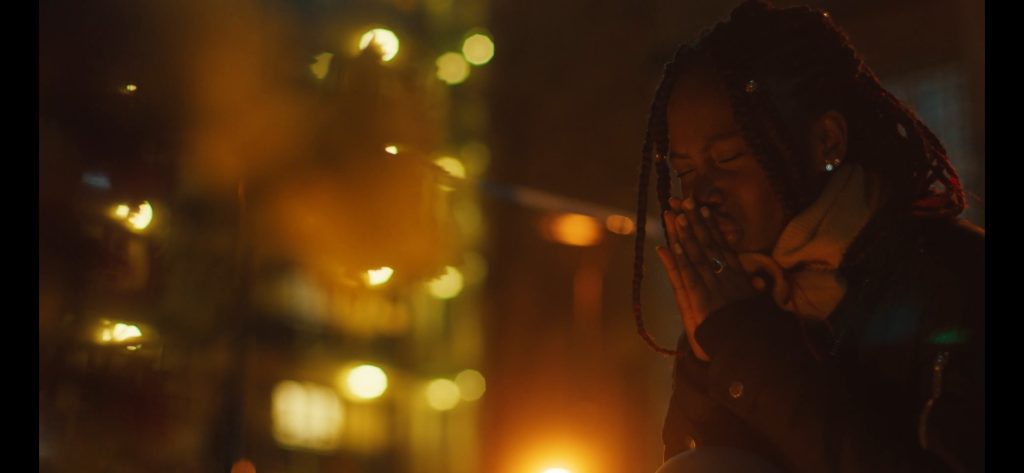
Wheels and feels
In prep, a key talking point for Mendy and Nygh was the film’s supernatural thriller element and how to use visual psychology to help the viewer understand this. “We set out to design some of the sequences to match frames between flashbacks and the current timeline; this allows the viewer to better make the connection and know where they are in the story,” the DP explains. “We also planned some elemental changes within the two worlds. When we were in a supernatural context, we employed lighting that was motivated purely within this context and that didn’t have a basis in ‘reality’. Cody’s mind was in a state of progressive degeneration and as he lost sight of the tangible, so too do we.”
On recces around London, the pair would hire bikes to visit possible locations. “We love spending time in the locations because you come up with some of the most creative options,” Nygh muses. “You really start to see things in a new light and discover new things, and being open to that is so important.”
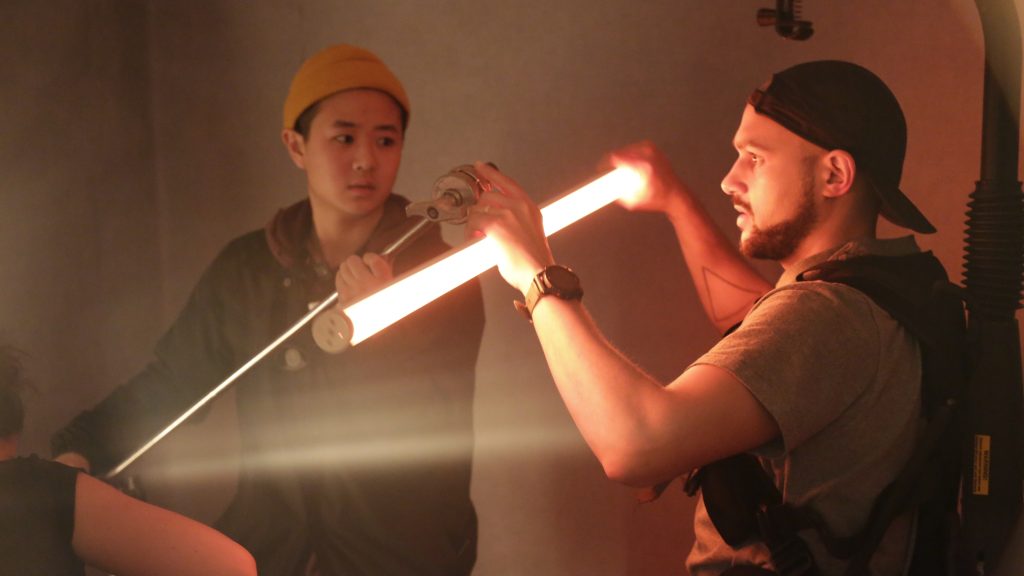
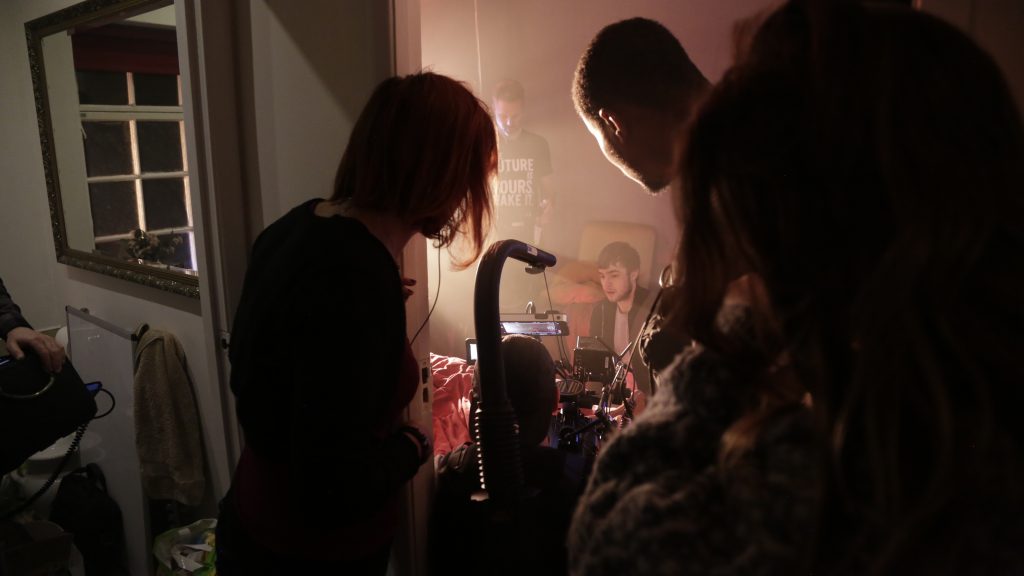
Their two-wheeled adventures offered some useful testing opportunities, as Mendy remembers: “On the recces, we used the light from our phones’ torches to test the supernatural appearance of Percelle’s character. Knowing this worked and the theme of reflection was intact we could confidently move on and keep building the world, scene by scene, location by location.”
Working with a limited art department budget, one logistical challenge was matching a canal in Enfield Island Village, which was doubling as Liverpool, to a street in King’s Cross. In one scene, Cody is running away from the canal, then he turns a corner and is in King’s Cross. “We’ll take photos, look at the floor, look at the bricks, and realise that at a certain angle, we can tie [the canal location] directly into this exact back alley at King’s Cross,” says Mendy. “That’s the sort of granular detail that pays off for us.”
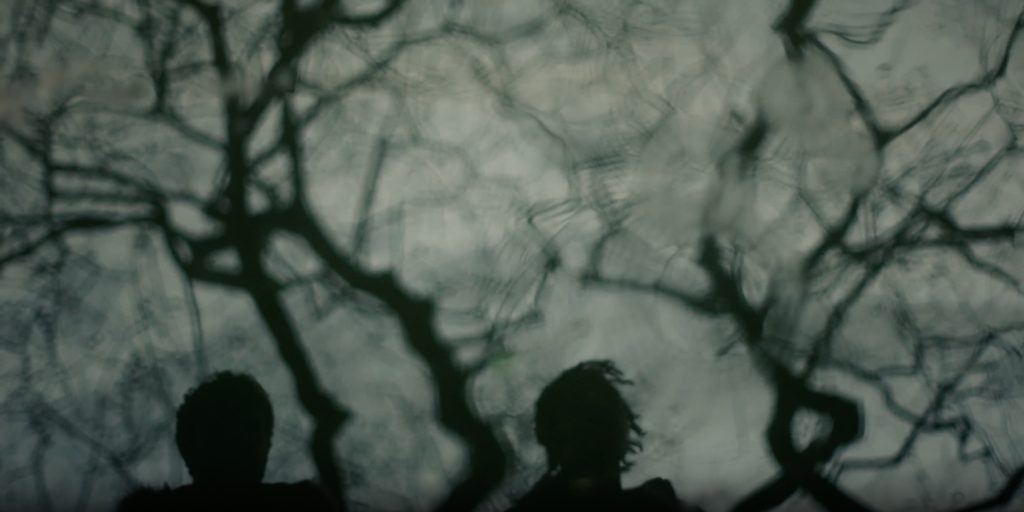
Mirror into the soul
The filmmakers’ subtle insertions of colour in PTSD were influenced by references such as Waves, with its palette of reds, Blindspotting, Blade Runner 2049 and Ozark, for its blues. Using mirrors and the Lightbridge CRLS reflector system, Mendy and gaffer Nathan Ford tried to create new colours by putting nine different gels on their lamps, which all came out as one tone upon hitting the glass. This approach came into its own in a bathroom scene where Cody is confronted by Faisal and added another intriguing layer to the film’s supernatural theme.
“We’d also use mirrors for little accents, to create depth in the image,” Mendy continues. “Even though we didn’t have a generator, we’d have little eye lights or a small LED, so if we needed to push a little bit of something in, we were able to. Our gaffer Nathan was really good at being an all-rounder – he’s a real grafter – and would just hold an eye light in the exact place and then follow the eyes.”
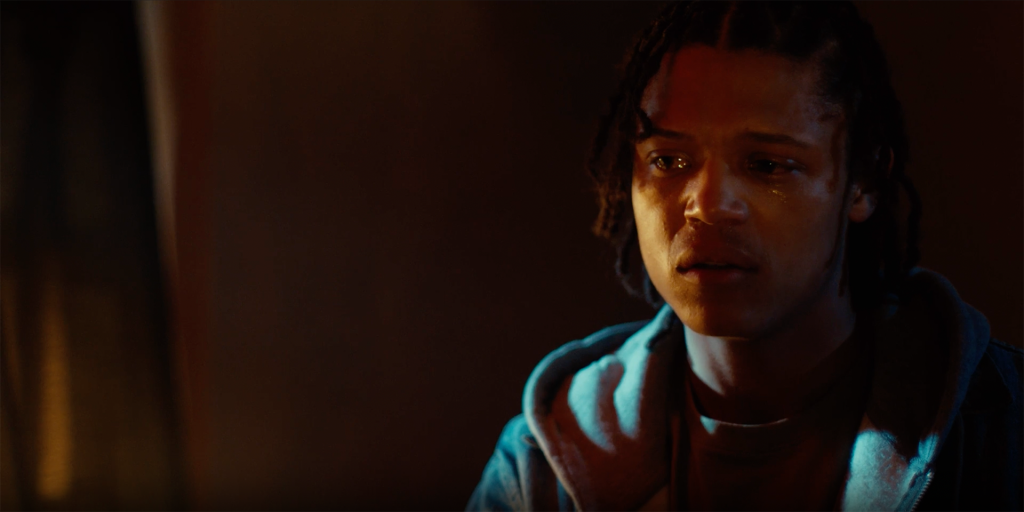
Ford, another member of Fully Focused’s ambitious young team, adds: “Using the Lightbridge CRLS was a game-changer as it allowed for a quick and efficient way to paint the finer details in our images. We also used it for dapple effects, as if strong, saturated moonlight was punching through the gaps in the windows.”
New to the role of gaffer (although an experienced spark), Ford enjoyed the opportunity to learn on the job. “I learned how to efficiently manage and communicate with my electrical team,” he notes, “but most of all I learned that I am just as good as my team, so it was important for me to establish unity and collaboration so that we could deliver a performance beyond expectation.”
The filmmakers’ choice of glass to pair with the ARRI Amira was “very fast” Nikkor lenses, which Mendy updated to make them easier to work with. Without a remote follow focus, the DP was manually focusing on PTSD, which led to the focus pulls being emotional and spontaneous. “Managing some of these intense scenes and still being sharp is testament to the skill that Bani has,” Nygh says. “Putting in all that work and effort gets you to that place.”
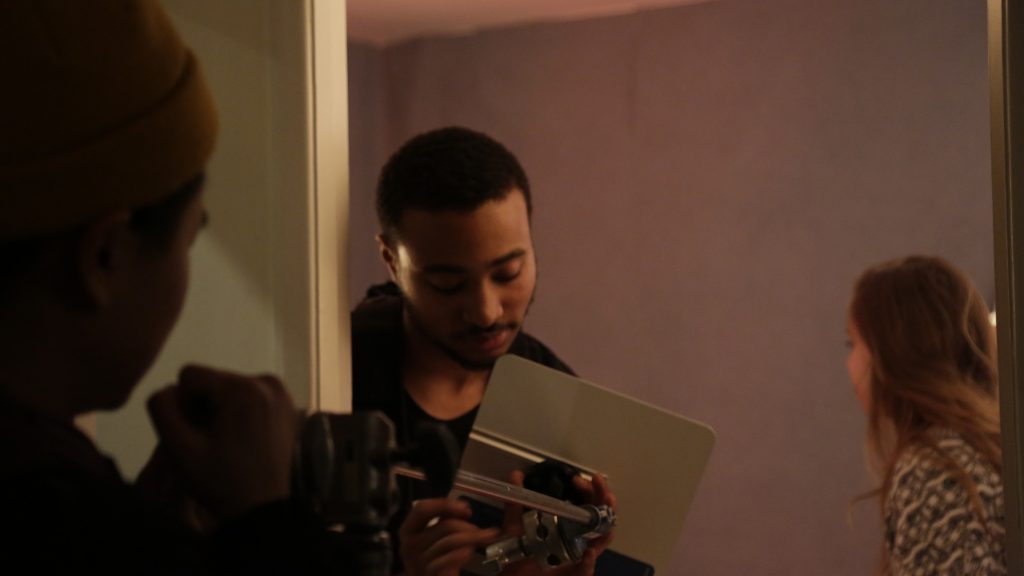
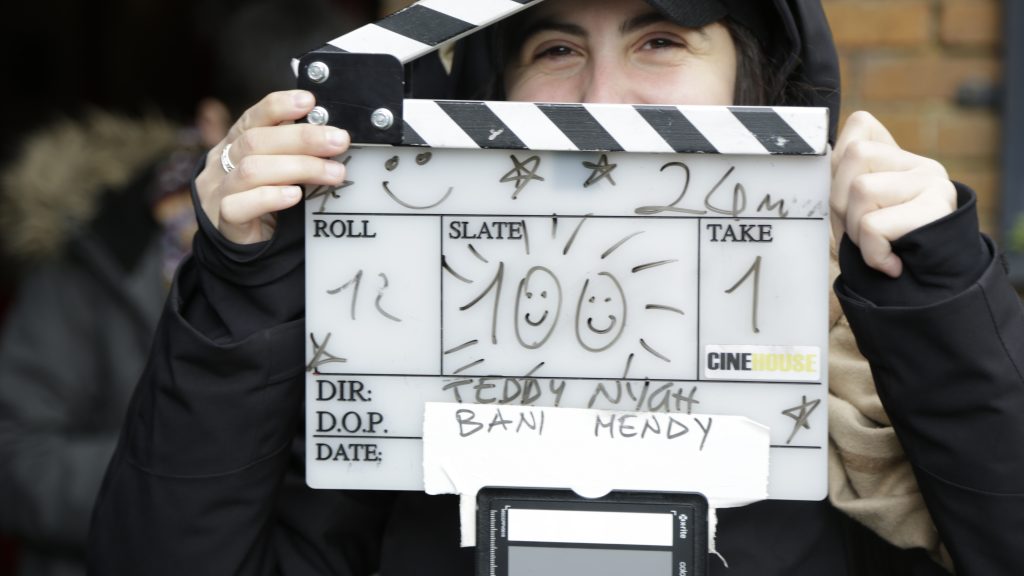
“It comes from a place of, ‘Listen, how can we get the best results with what we have?’” Mendy adds. “We made a bit of a sacrifice in not having a remote follow focus but with that you need a skilled puller. If they’re not in sync with you, it actually slows you down, whereas when you’re pulling focus yourself, it’s freer and more instinctual.”
Having lots of rehearsals with Nygh and the actors helped Mendy establish his focusing rhythm. “We don’t like to over-rehearse, but it’s a chance to bond, to share ideas, to talk things through, to embed the history of the character into each of the actors and have a play,” says Nygh. “A big part of this is about play. Once you’re on set, you don’t have much time to play anymore, so let’s get that time in rehearsal and build those bonds.”
Another important element of Mendy’s lensing choices was his framing – especially the flashbacks. Here, the perspective would always be skewed, so there were lots of Dutch angles to hint to the viewer that something was not quite right.

The power of film
Fortuitously, filming would wrap just a few weeks ahead of the COVID-19 lockdown in spring 2020. For the grade, undertaken by Dan Moran, Mendy and Nygh went in with a light touch as they were pleased with the feeling established on the rushes. “The biggest challenge I faced in the grade was trying to get the reds, motivated from the supernatural perspective, to be as deep as the needed to be,” says Mendy. “This was a hard lesson learned; I’ve always been a strong believer in dialling everything in on the day, unless you’ve tested or know the work around and so these red tones, I guess rather ironically, haunt me to this day. I wanted the deep tonal reds present in a Hieronymus Bosch painting, this would be possible with the right gels, the naked LED source just could not hit those notes.”
After a lengthy gestation period, PTSD launched in October 2023 and its impact has been immediate. Nygh shares an especially touching encounter from its world premiere in London: “There was someone who works as head of a social services team. She said that the budget they have allocated last year was for neglect, but now they’ve realised that actually, allocating budget to trauma so that the services can be more trauma-informed is more important, so that’s what she’s going to do now. What that meant for me is that as a direct impact of this film, people that are potentially suffering from PTSD and trauma are going to have a better trauma-informed service to support them.”
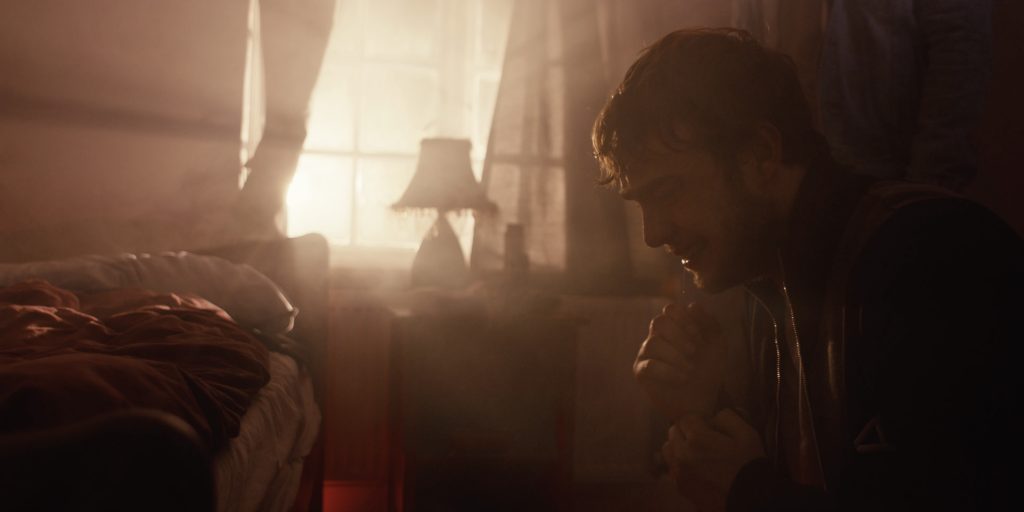
PTSD marks the 12th successful collaboration between Nygh and Mendy – what’s the secret to their ongoing success? Nygh encapsulates their ethos: “We always like to push each other as far as possible on each project – raising the bar as much as we can and taking on things that scare us. That scary place of not knowing is always a nice place where growth happens.”
Thanks to Nygh, Mendy, Bedu and the wider team’s work, it’s clear that Fully Focused’s sets are also a very nice place for professional and personal growth – long may that continue.
PTSD is free to watch on YouTube. PRU is available to watch now on Netflix UK and Ireland.
